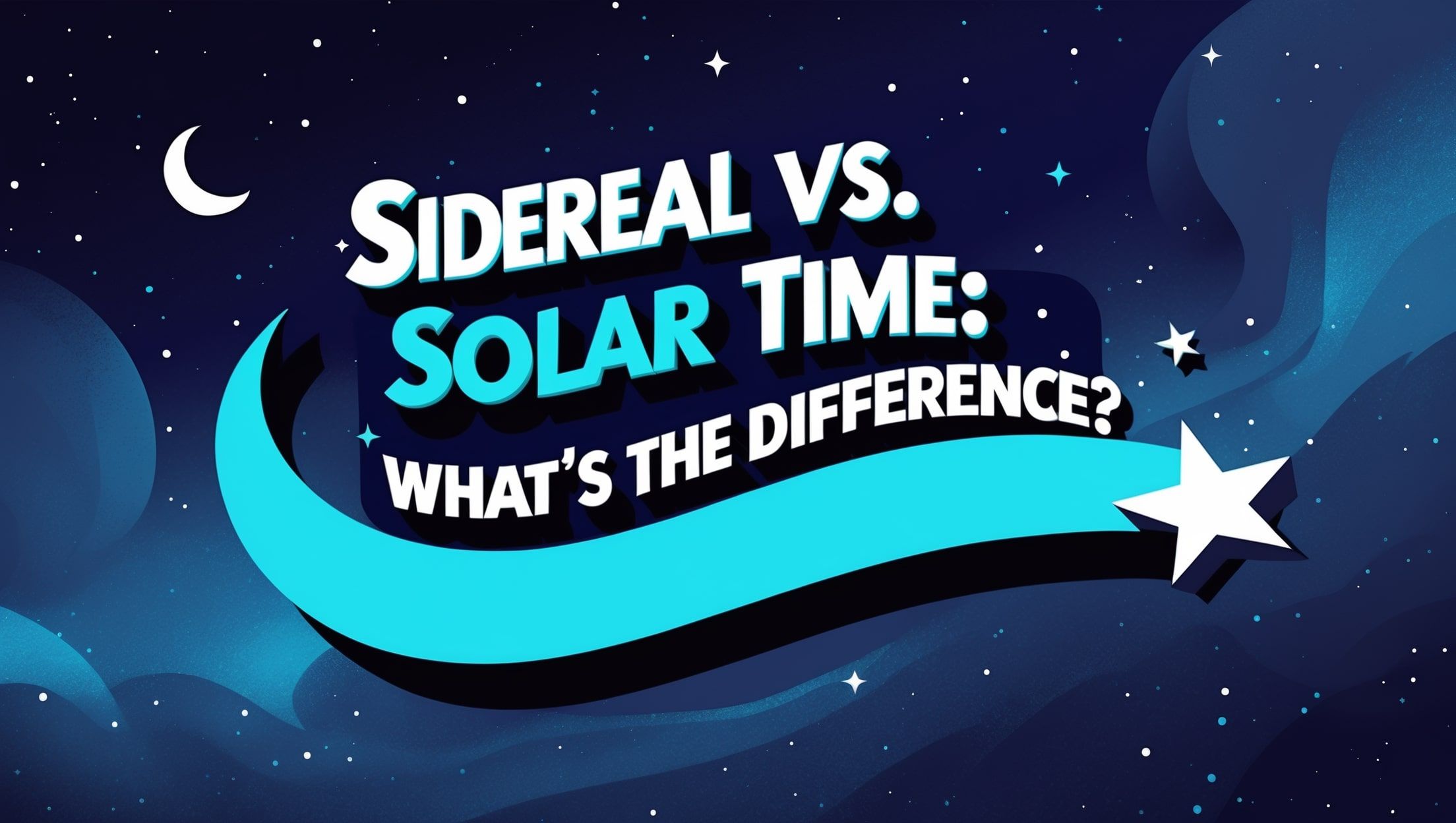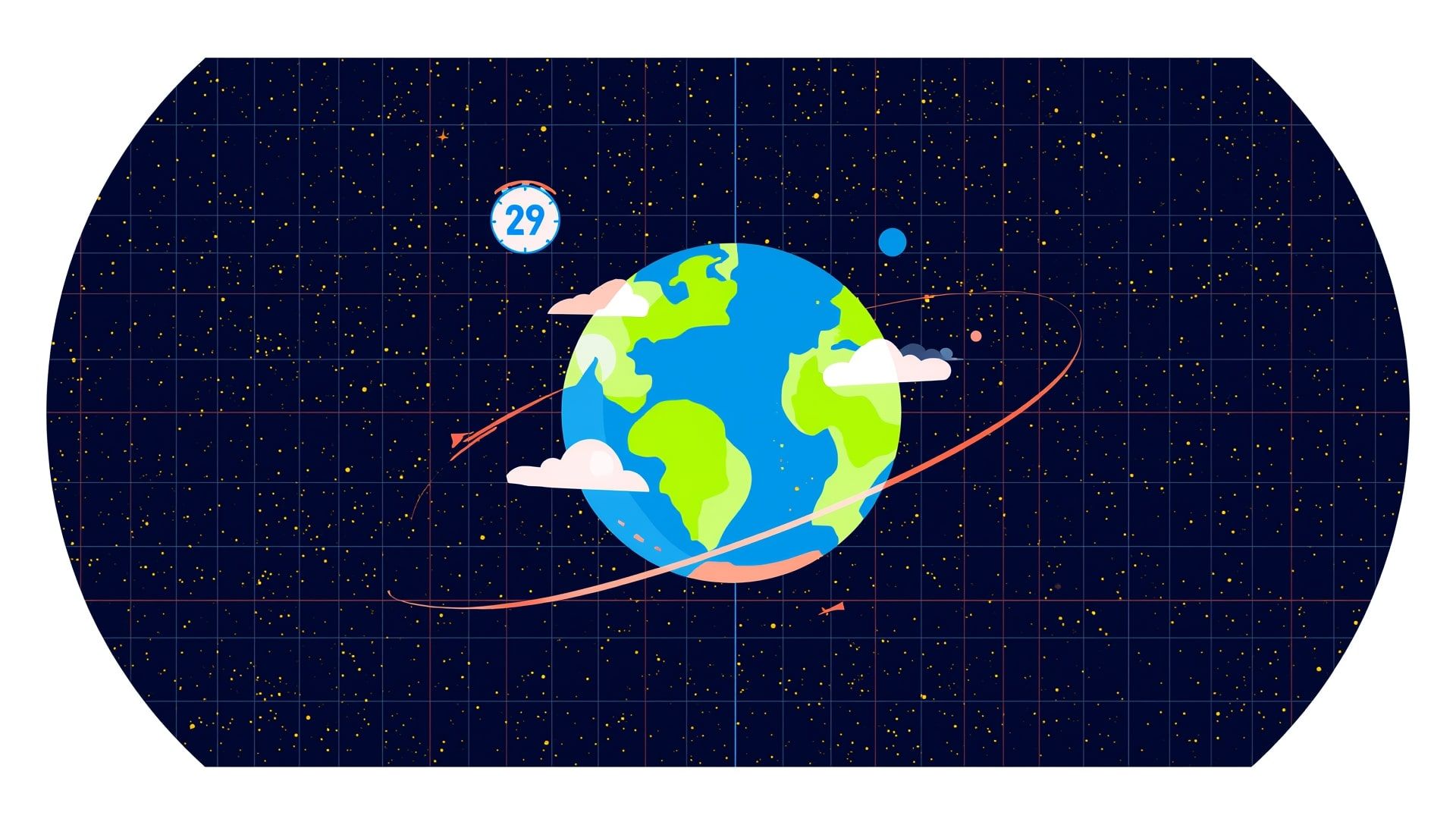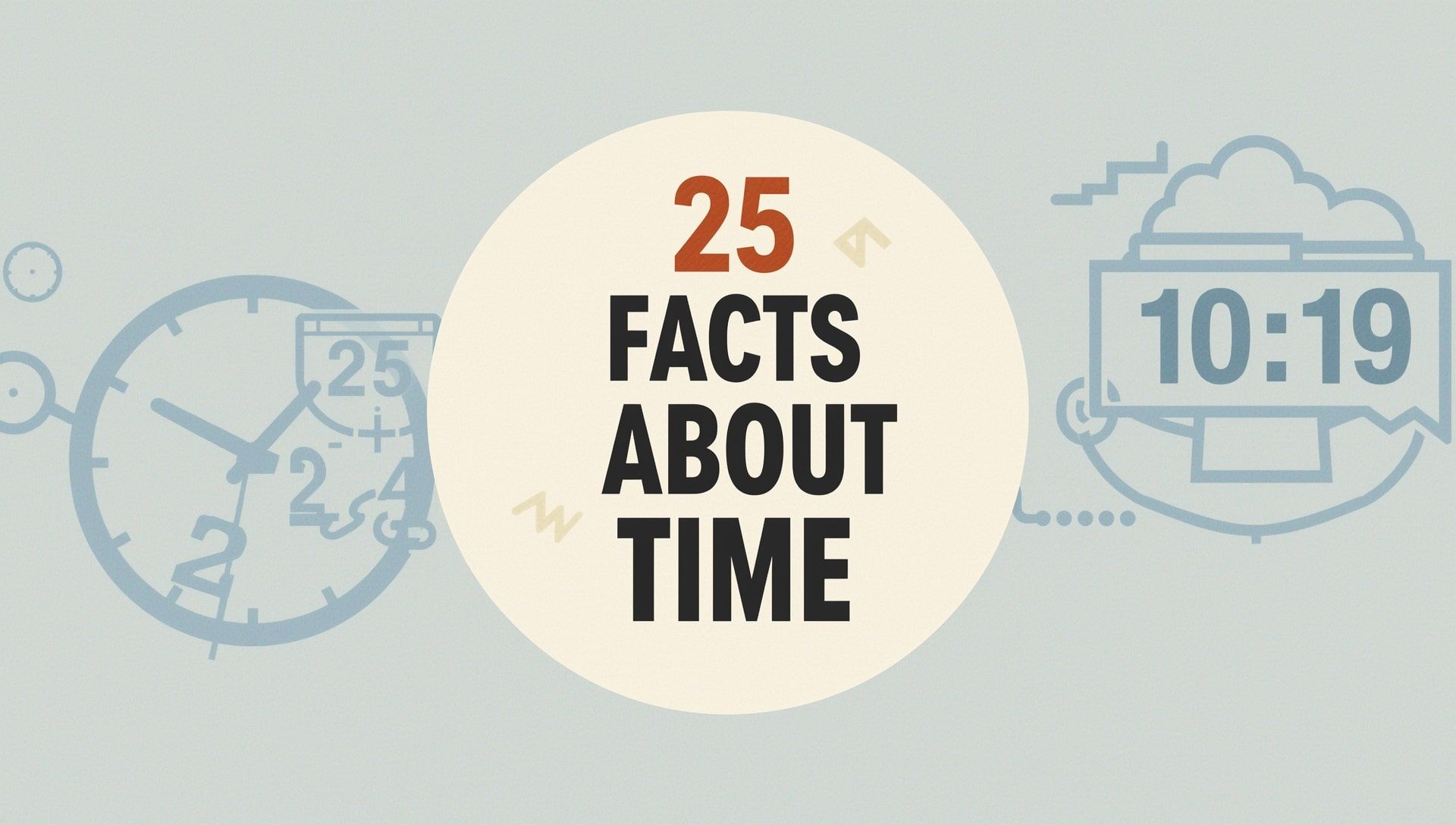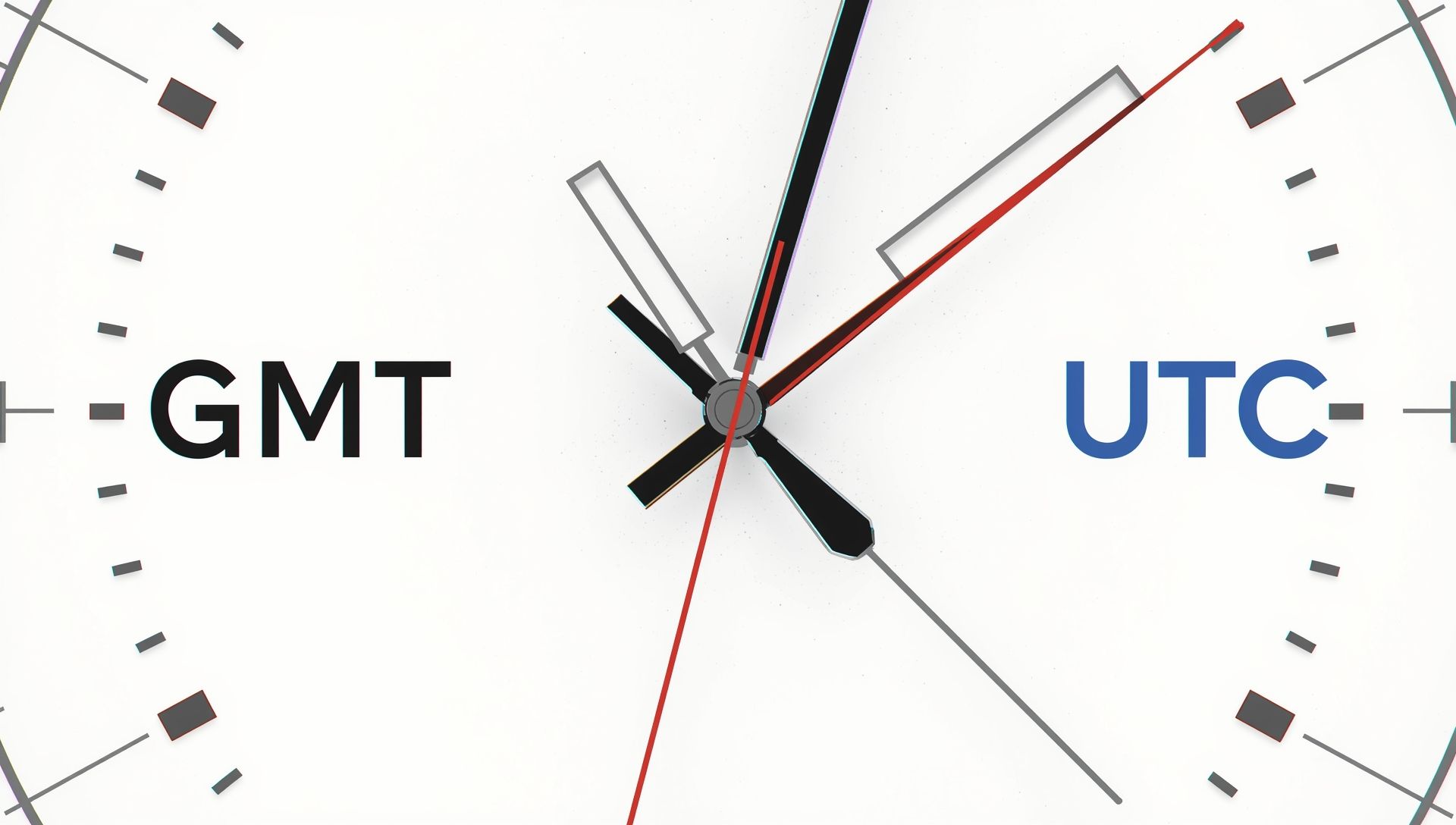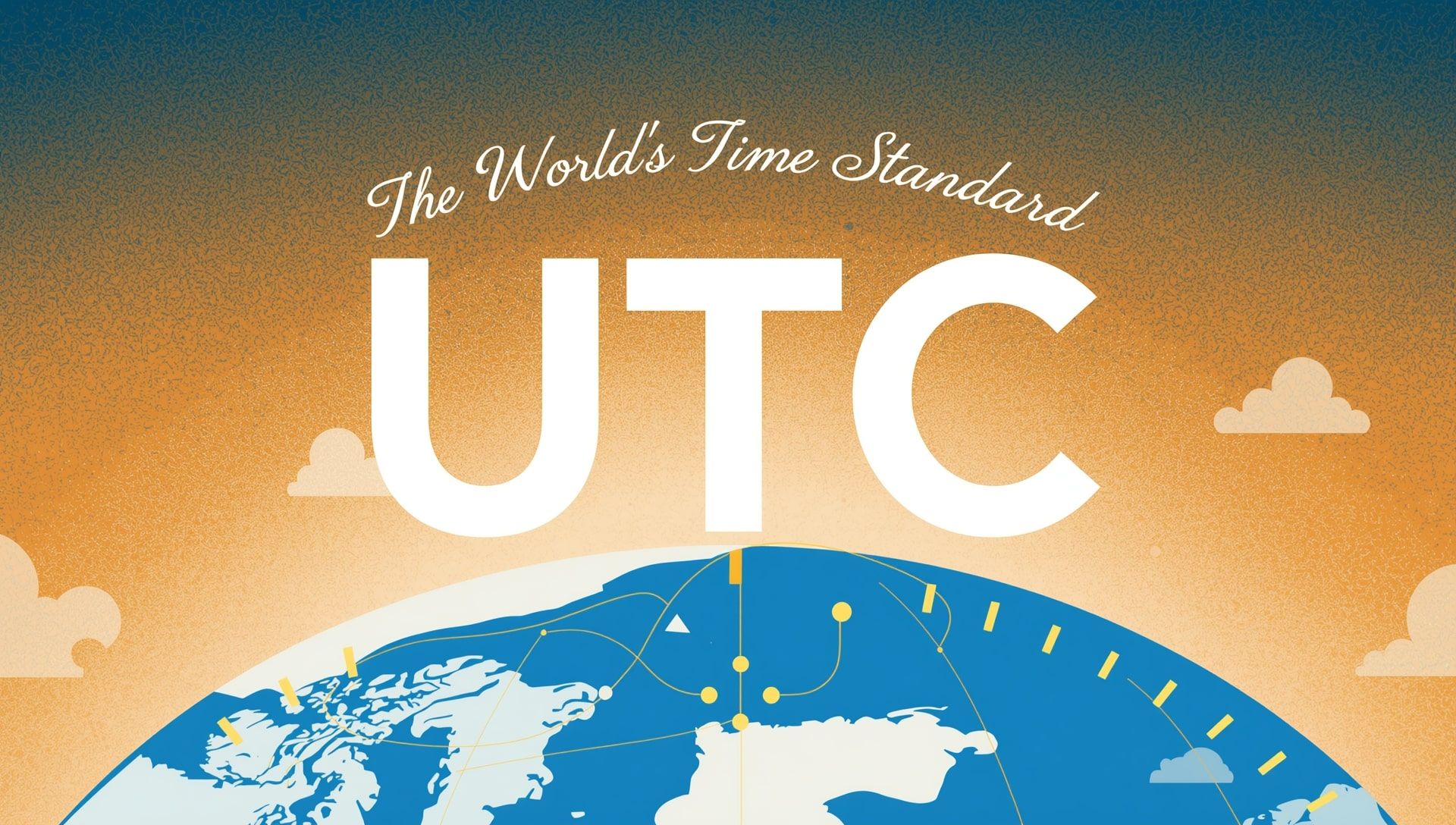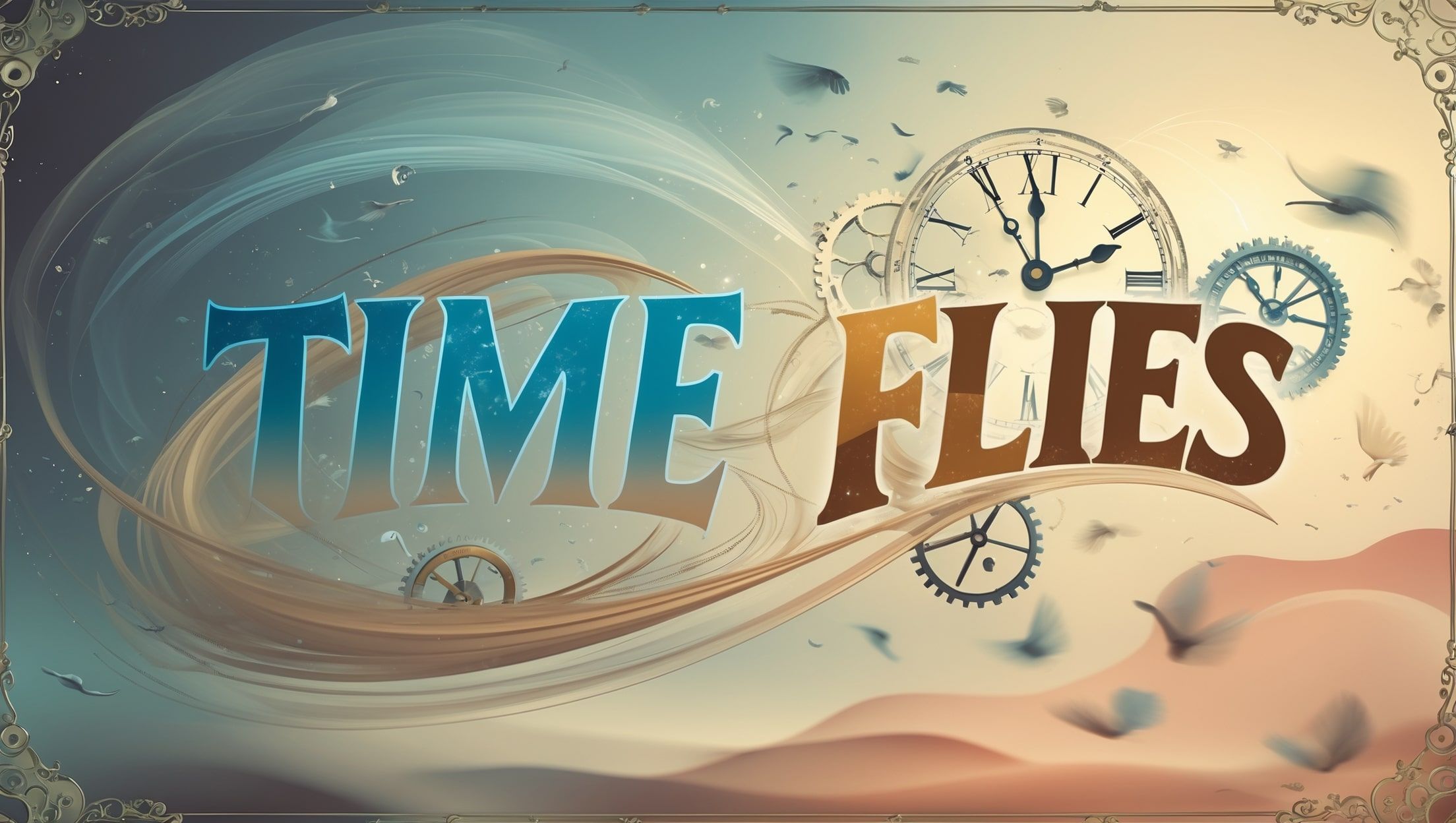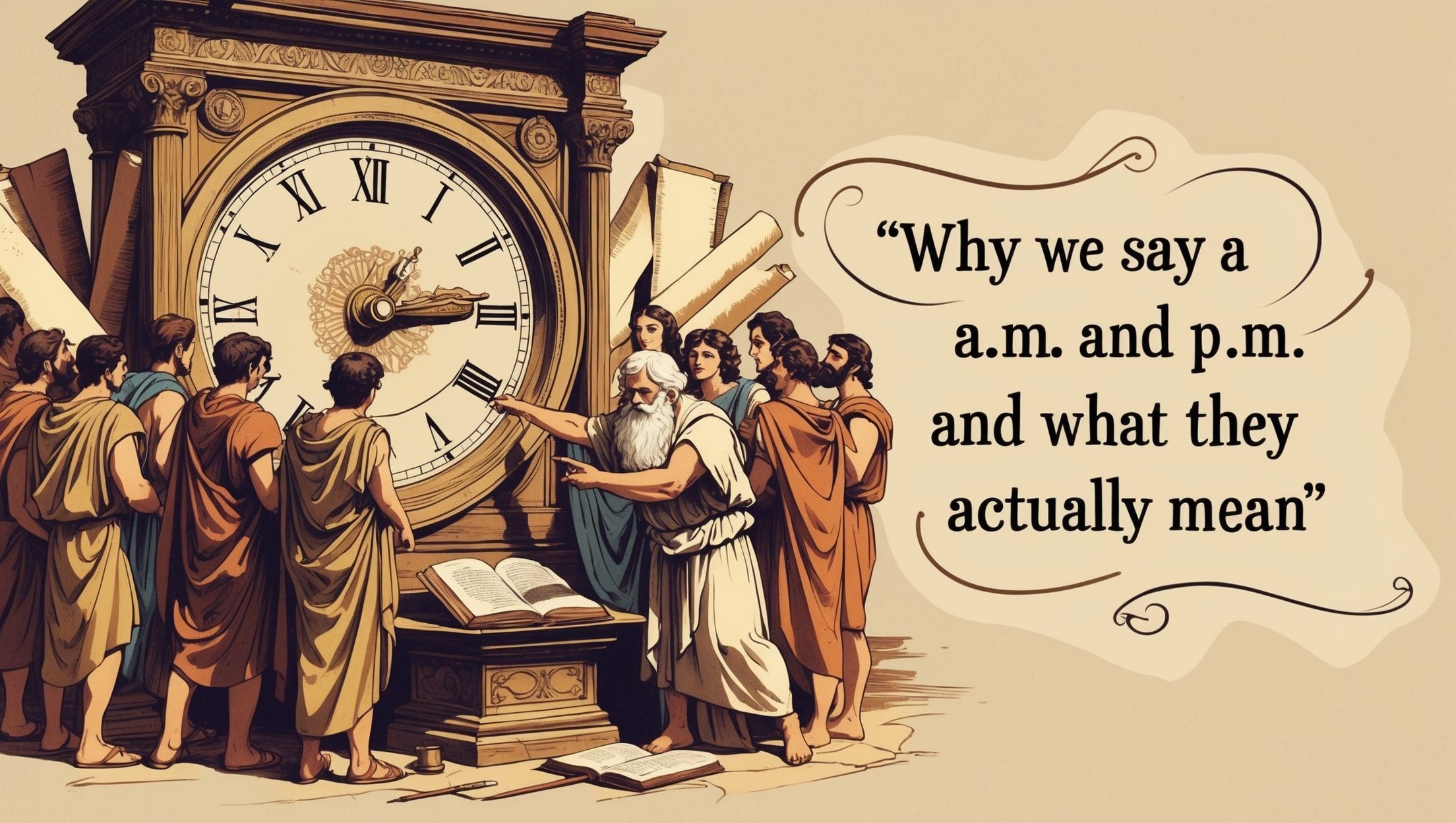You wake up, check the clock, and see the sun just rising. That feels normal. But what if your clock followed the stars instead? You’d be off by a few minutes each day. That’s the difference between solar time and sidereal time. They both track Earth’s spin, but they don’t agree. Not exactly.
What Solar Time Actually Measures
Solar time is what most of us live by. It tracks the position of the sun in the sky. Noon is when the sun is highest overhead. One full solar day is the time it takes the sun to return to the same spot in the sky. That’s 24 hours, give or take a few seconds depending on the seasonal changes.
Solar time keeps everything grounded. It helps you know when to wake up, eat lunch, or catch a sunset. Most calendars and clocks are tied to it. It makes life make sense.
Sidereal Time Follows the Stars
Sidereal time ignores the sun. It tracks how long it takes Earth to spin once relative to the distant stars. That makes a sidereal day slightly shorter than a solar day, about 23 hours, 56 minutes, and 4 seconds.
This kind of time isn’t useful for your daily schedule. But for astronomers and space enthusiasts, it’s gold. The stars rise about 4 minutes earlier each night, and sidereal time keeps that consistent. If you're using a telescope, sidereal time tells you exactly when a star will appear in the sky.
Why the Two Don’t Match Up
It comes down to Earth’s orbit. As Earth spins on its axis, it’s also moving around the sun. That means after one full rotation (relative to the stars), Earth has to spin a tiny bit more to get the sun back to the same position in the sky.
This little extra twist is what adds the roughly 4 minutes to a solar day compared to a sidereal one. It’s like walking in a circle while moving forward. You have to turn a bit more to face the same landmark again. This is why the concept of time zones helps keep everyone in sync across the globe.
When Sidereal Time Matters
If you’re not an astronomer, sidereal time probably won’t touch your life. But it’s still running quietly in the background, used in:
- Tracking military time systems
- Astronomical observatories and telescopes
- Star charts and celestial navigation
- Precise scientific measurements of Earth's rotation
- Studying long-term planetary motion
Sidereal time helps scientists map the sky with extreme accuracy. It makes sure we’re not fooled by the sun’s shifting position.
Why Solar Time Still Runs the Show
Solar time won because it fits our daily rhythm. It aligns with sunrise and sunset. It gives us morning, noon, and night in ways that make practical sense. Even though sidereal time is more exact in a cosmic sense, solar time works better for human life.
That’s why your watch doesn’t lose 4 minutes a day, and why your calendar still lines up with the changing seasons. We adjusted everything else to match the sun, not the stars.
One Planet, Two Clocks
Earth keeps spinning, and we measure that spin in two ways. One is for life, one is for the sky. You don’t need to choose. They’re both part of the same story, just told from different angles.
So while your phone shows solar time, there’s a sidereal clock ticking somewhere, helping someone aim a telescope at Saturn. Both are real. Both are useful. And both remind us that time isn’t just one thing, even on the same planet.
